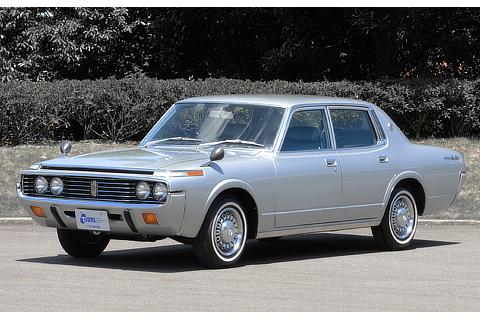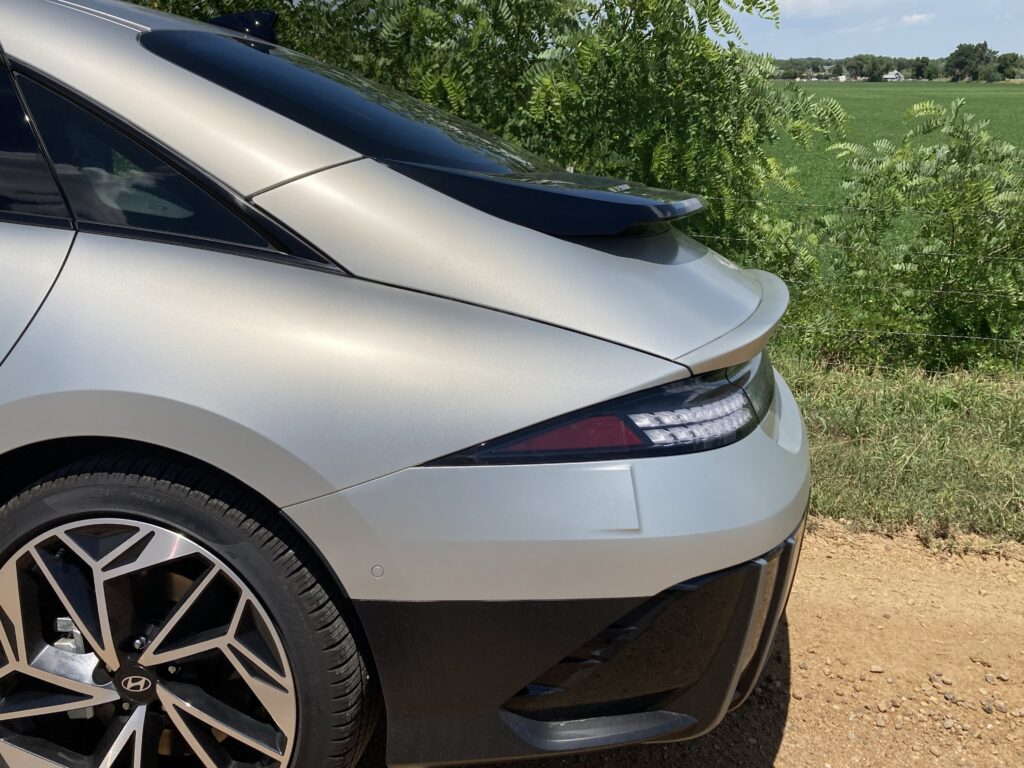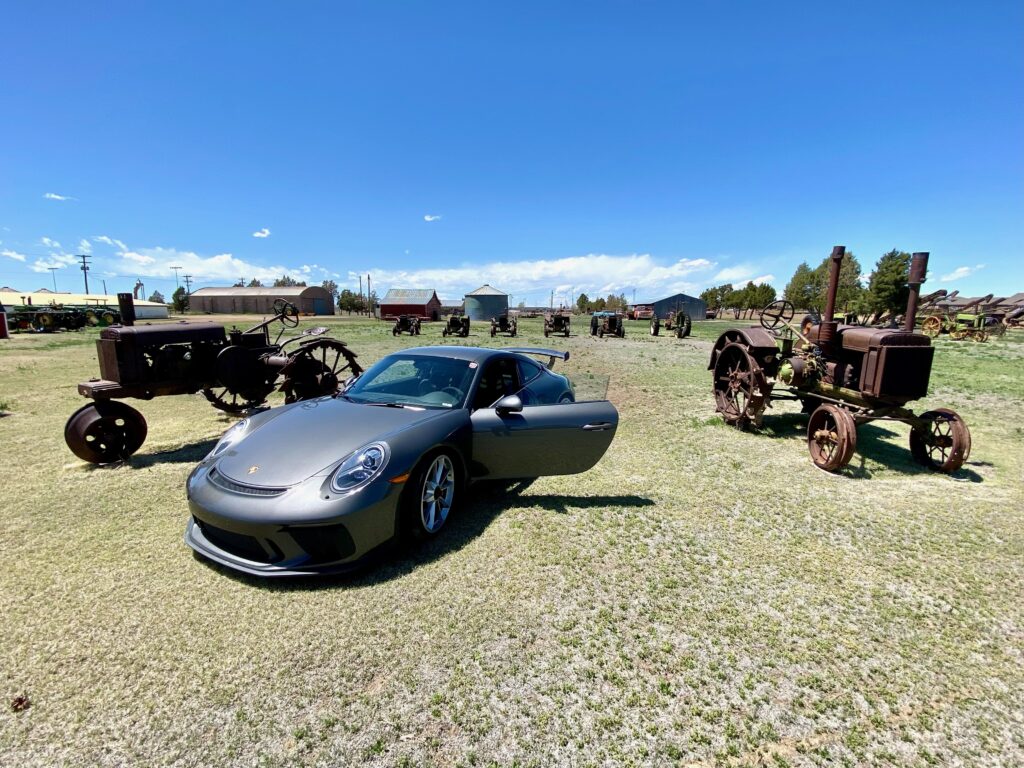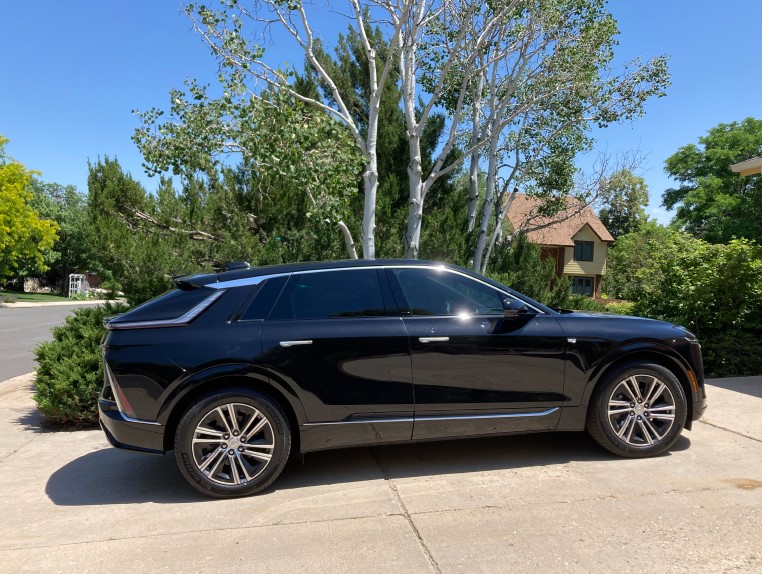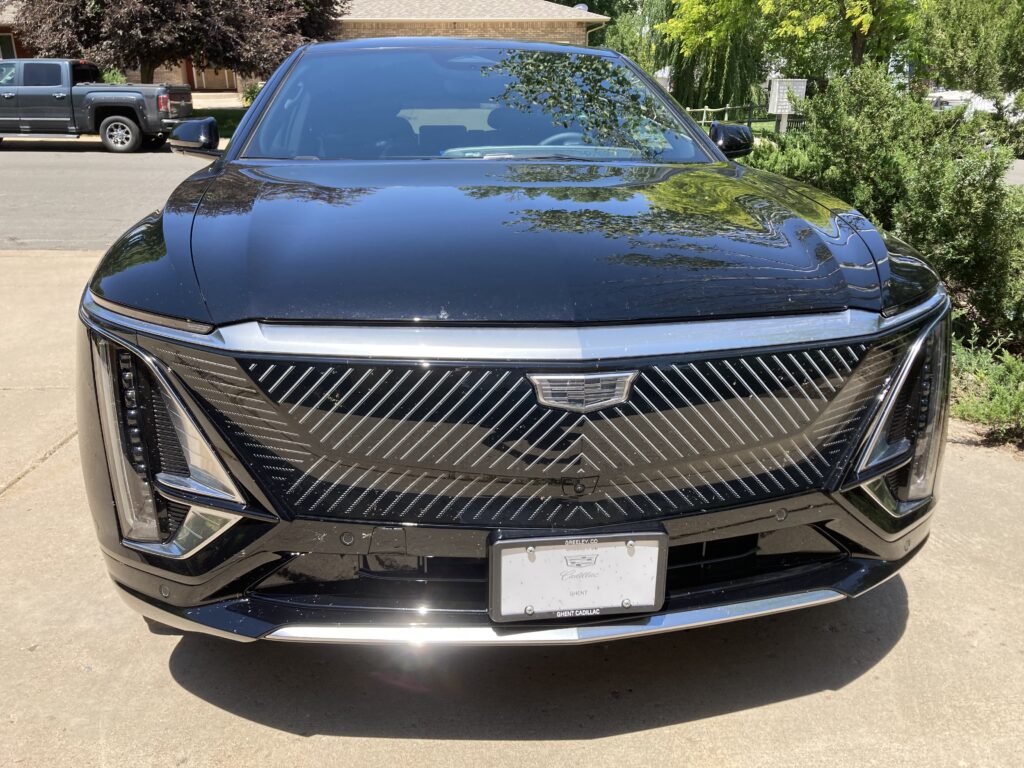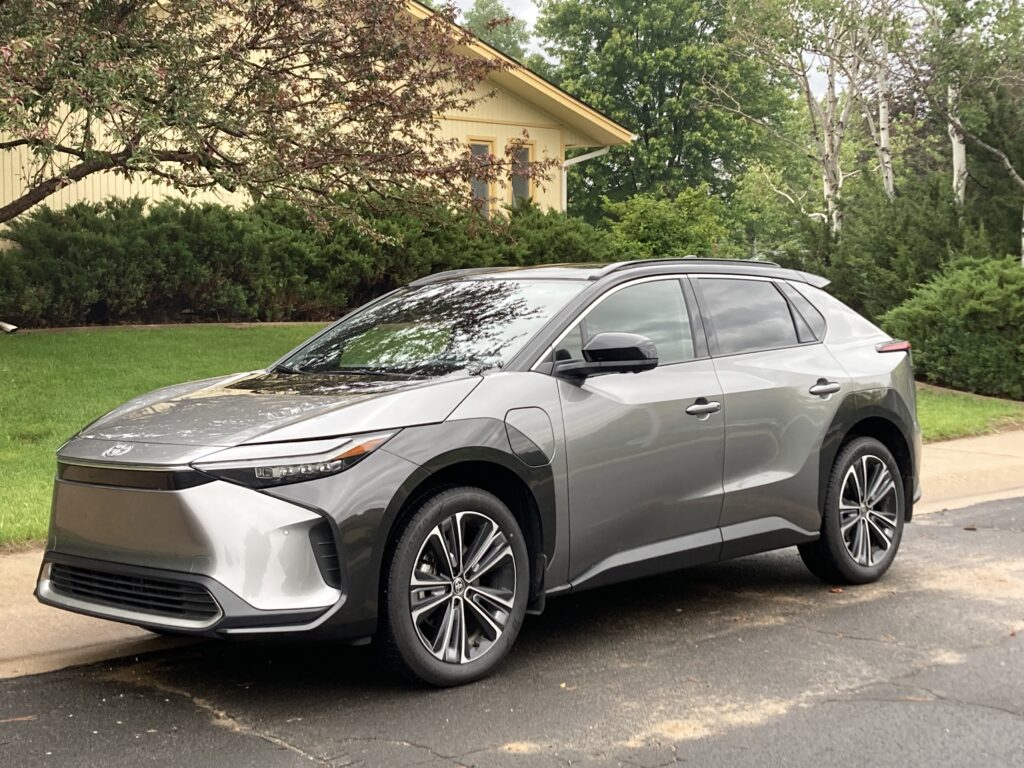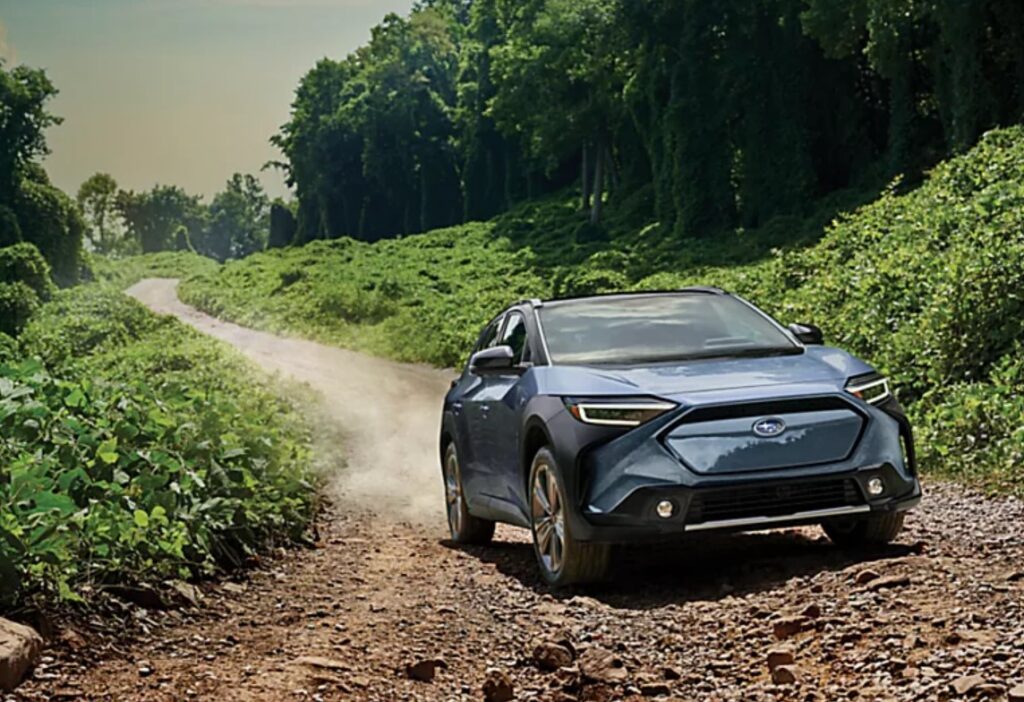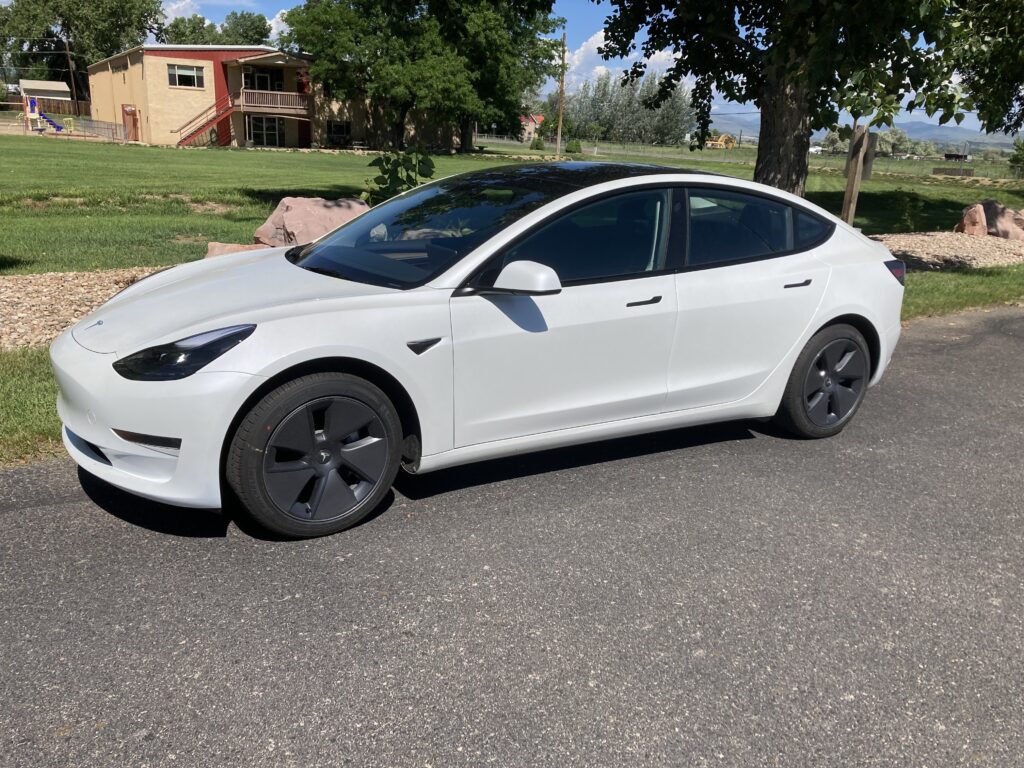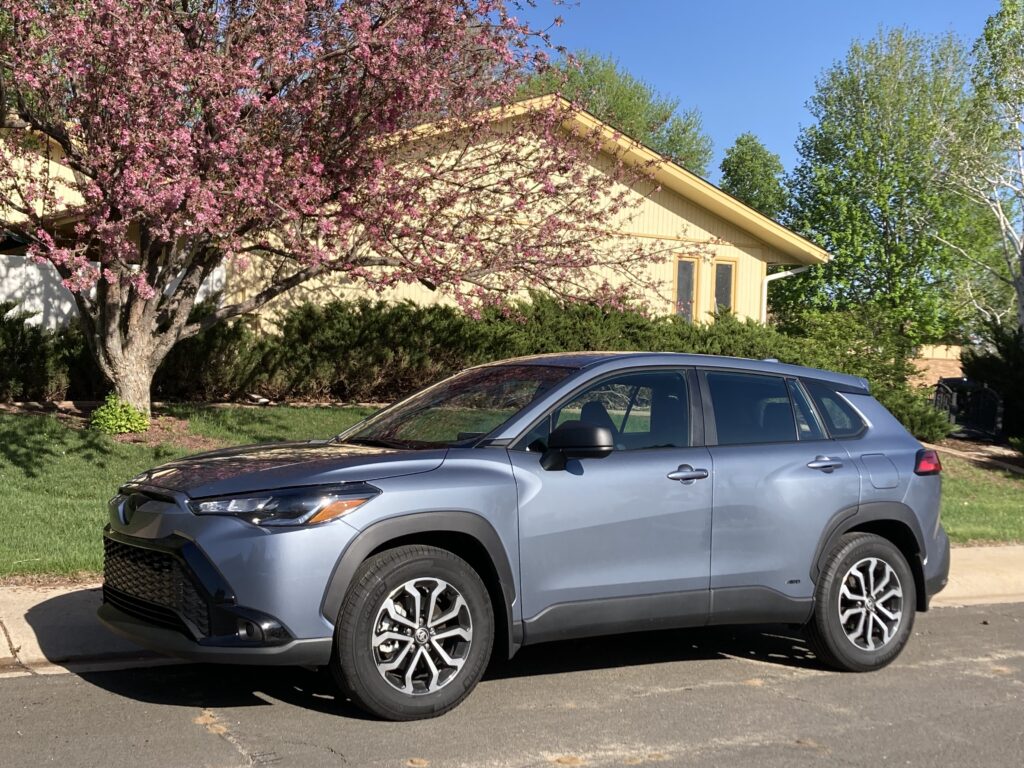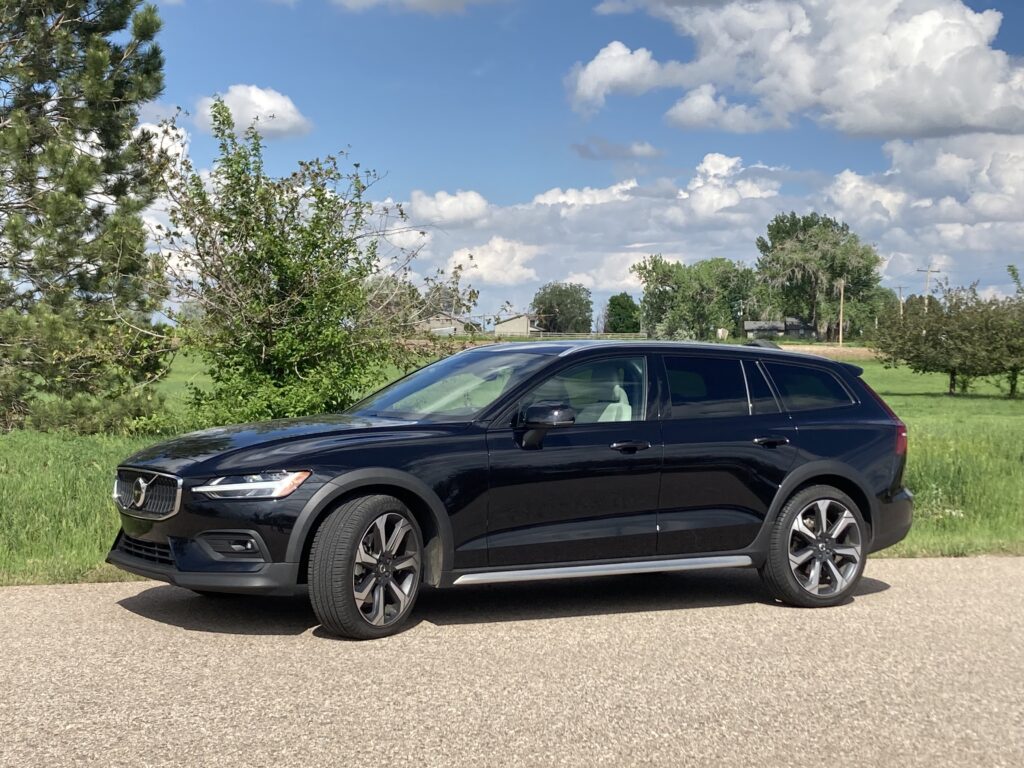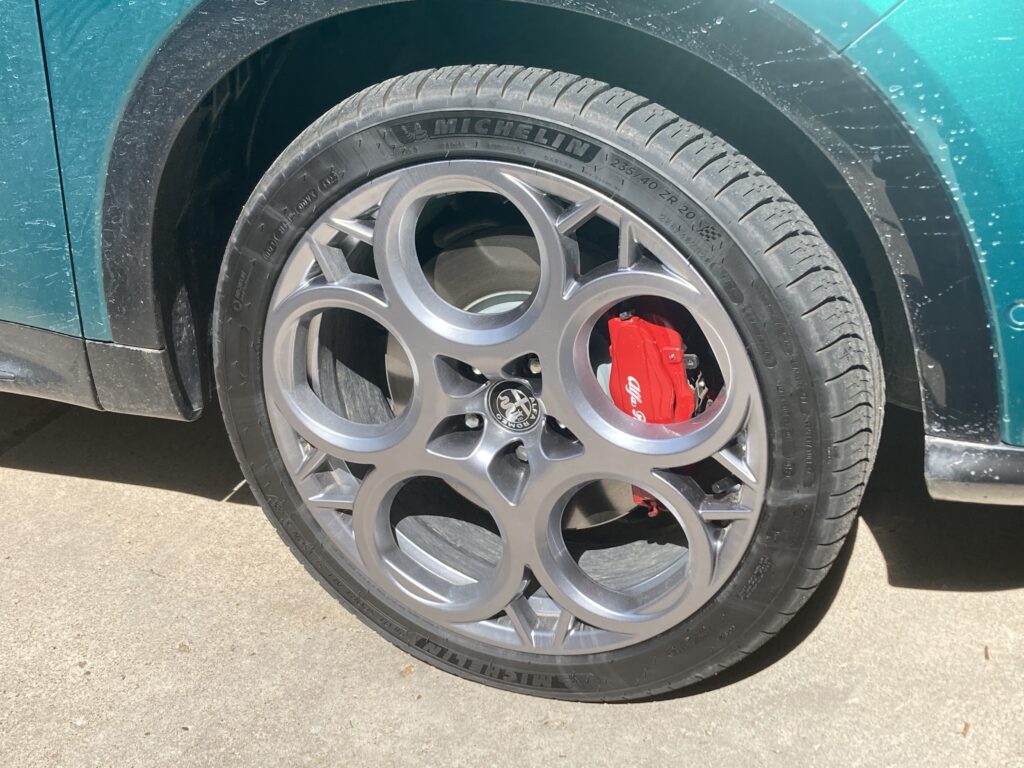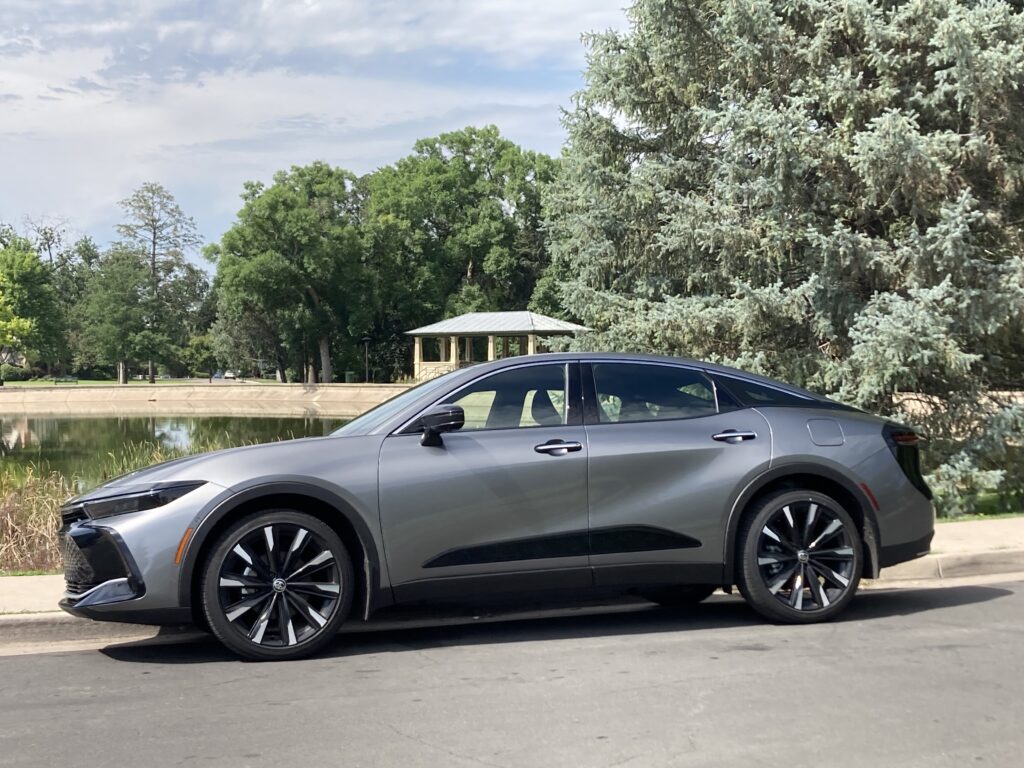
The Crown showed up at my place.
No, not the Crown Royal; no, not the Crown Prince.
It is the mid-sized Toyota Crown hybrid sedan, successor to the big Avalon four-door, for which production was shelved a year ago. It’s been 50 years since Toyota sold a new product in the U.S. under the model name of Crown.
This one is an eye-catcher, lengthy and lifted, sporting two-tone paint and riding on 21-inch machined alloy wheels and Bridgestones.
It is the Platinum upper trim level, which means it is equipped with a turbocharged 2.4-liter, 4-cylinder engine, two electric motors (one for each axle), direct-shift 6-speed automatic transmission and all-wheel drive. The engine/motors combination delivers 340 horsepower.
With adaptive variable suspension upgrades and full-time electronic AWD adjusting between 70:30 and 20:80, the 4,350-pound Crown is well-planted and an excellent handler. Drive-mode selection is open to study; it is offered as Normal, Eco, Sport, Comfort and Custom. Jan and I enjoyed a pleasant Sunday evening drive to Fort Morgan for dinner at the Mav. The interior is luxurious, roomy with comfortable, upright seating.
There is a tradeoff to all those performance and transmission achievements. The Crown Platinum averaged about 28.5 miles per gallon in our easy drive. The Crown’s lesser trims of XLE and Limited are equipped with 2.5-liter engine, two motors, AWD and a much weaker continuously variable transmission (CVT). Yet, it should average around 38 mpg, almost 10 better than we did for the same-type driving we did.
Dimension-wise, the Crown falls between the former Avalon and current Camry. The Crown’s overall length of 194 inches is 2 shorter than the Avalon’s and 2 longer than Camry’s. The fact the Crown is lifted a bit lends it more the feel of an SUV crossover than a competitive sedan.
Beginning prices for the three trim levels of the Toyota Crown are $41,045 for the XLE, $46,645 for the Limited and $53,445 for the Platinum.
Boosting the Crown’s sticker to $55,217 are two-tone premium paint, side puddle lamps, all-weather mats and mud guards. Highlighting a long list of standard equipment are heated steering wheel, heated and cooled leather front seats, heated rear seats, 11 JBL speakers including subwoofer and amp, panoramic roof, wireless smartphone charging, radar cruise control, lane-departure alert and steering assist, road sign assist, parking assist with automatic braking.
The Crown, built in Aichi, Japan, was originally sold in the U.S. from the late 1950s until 1972. It was a much smaller vehicle then, about a foot shorter and 1,300 pounds lighter.
